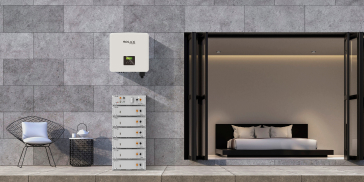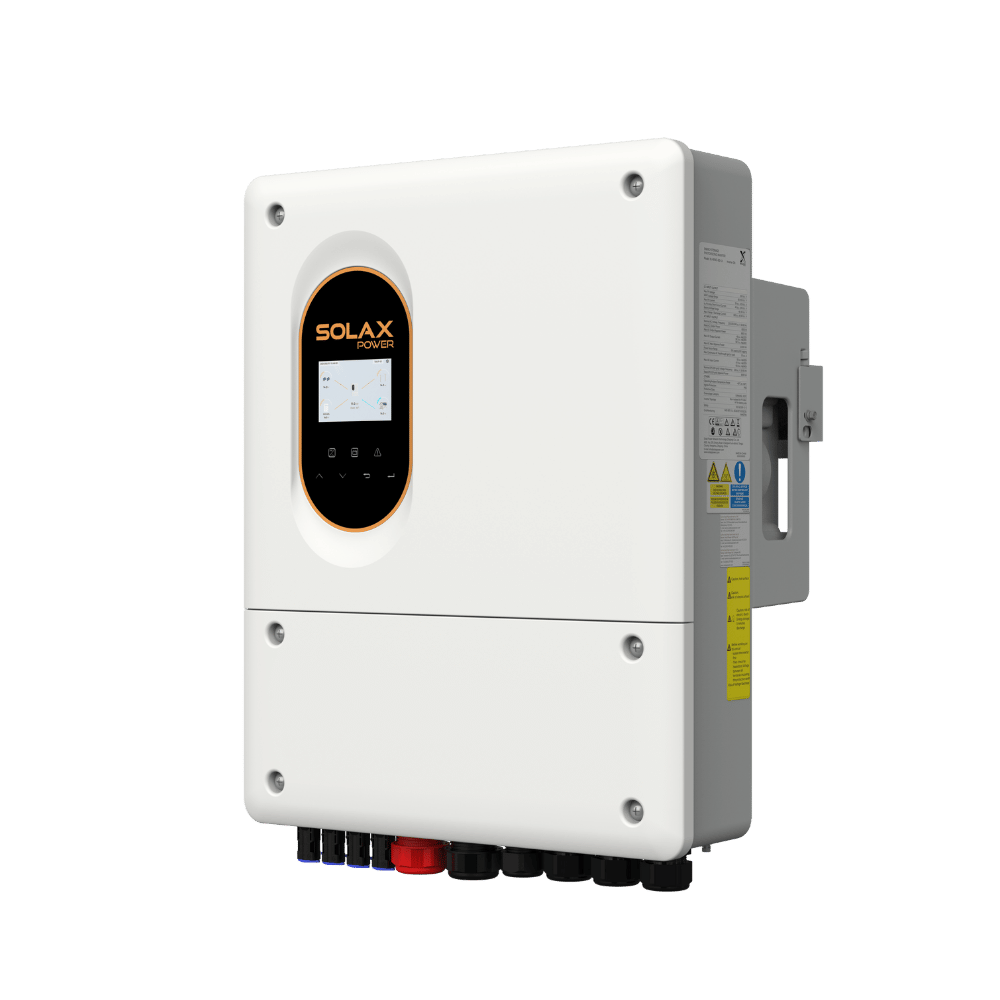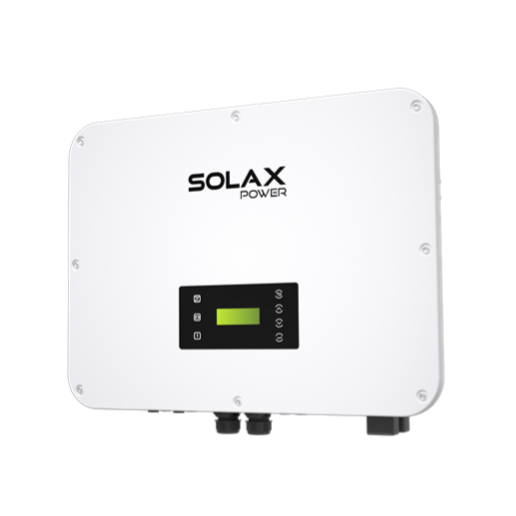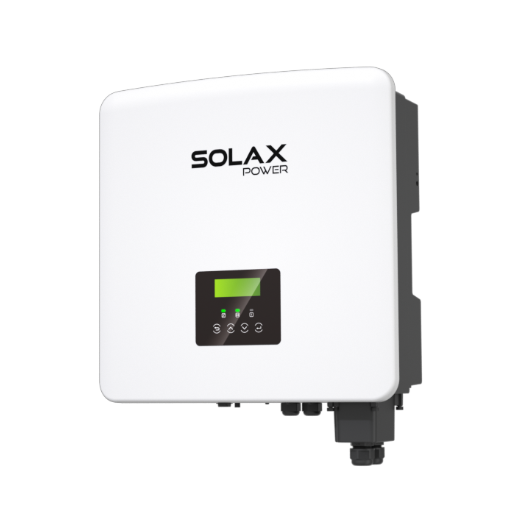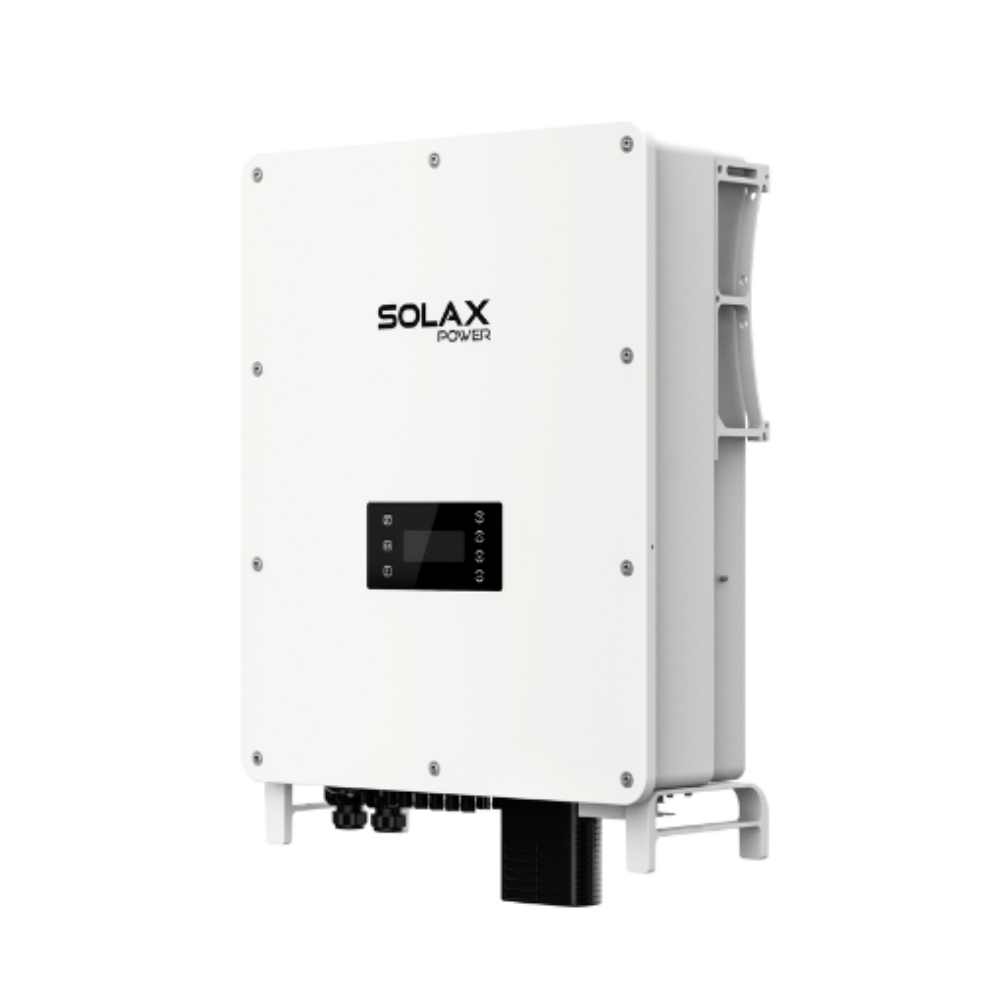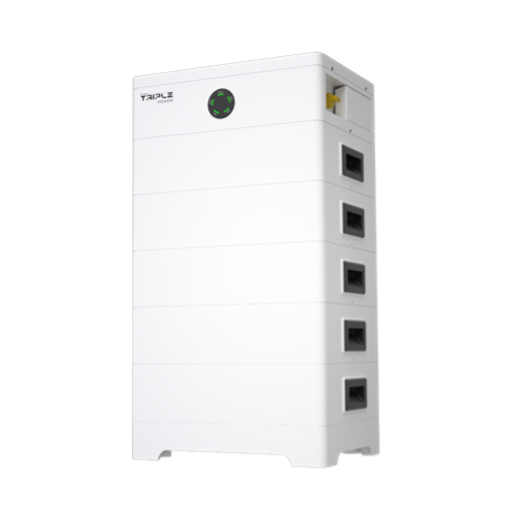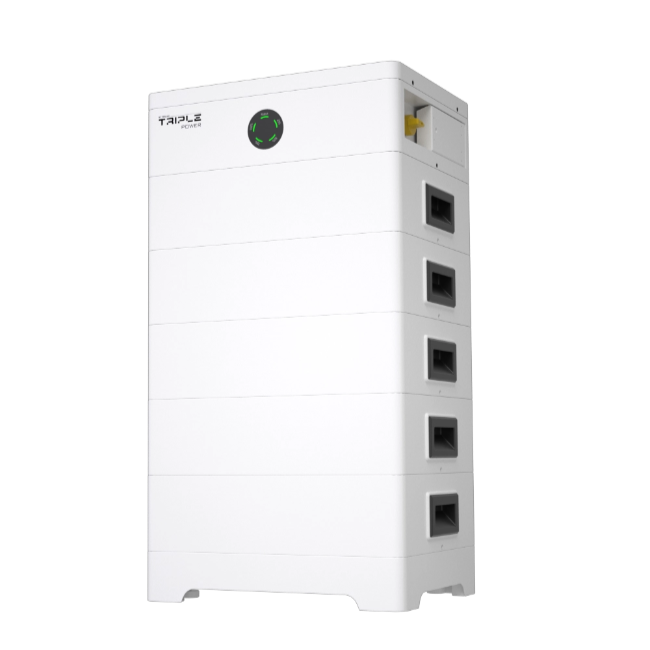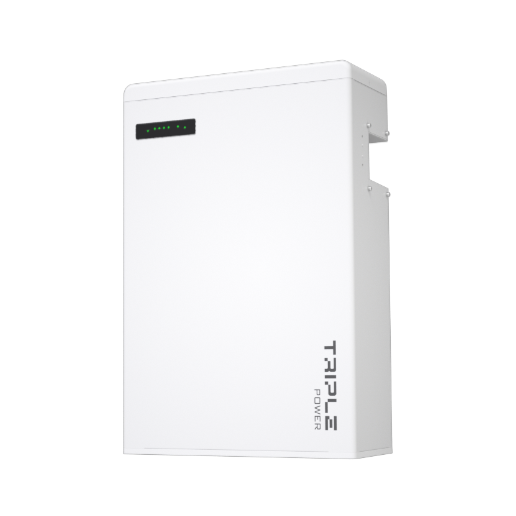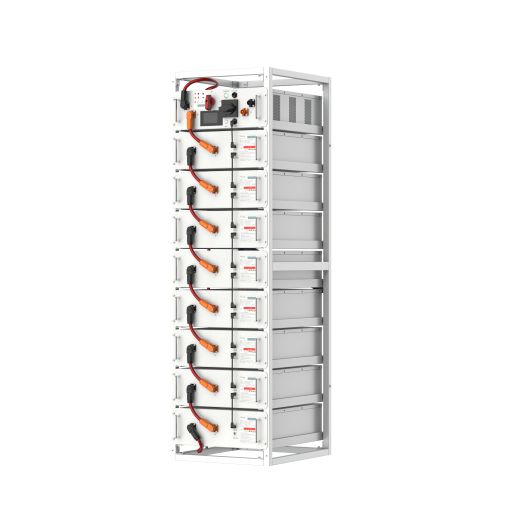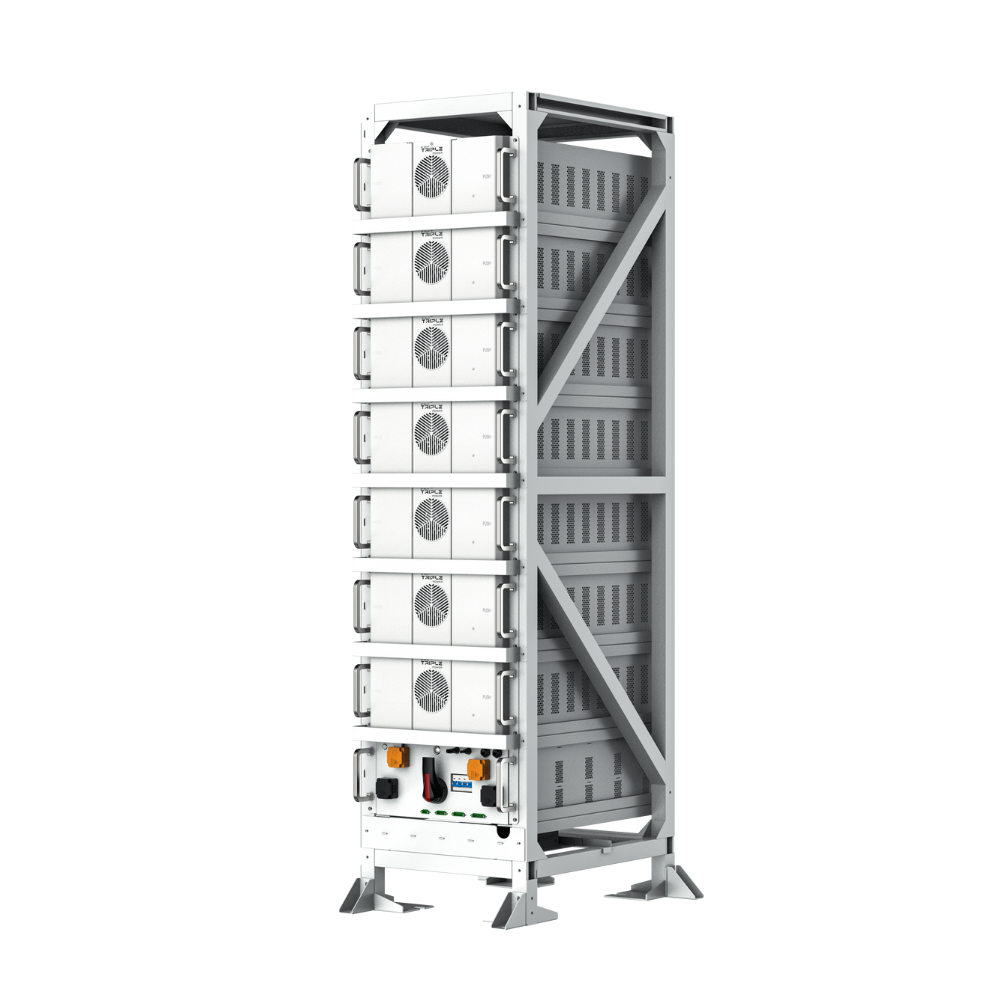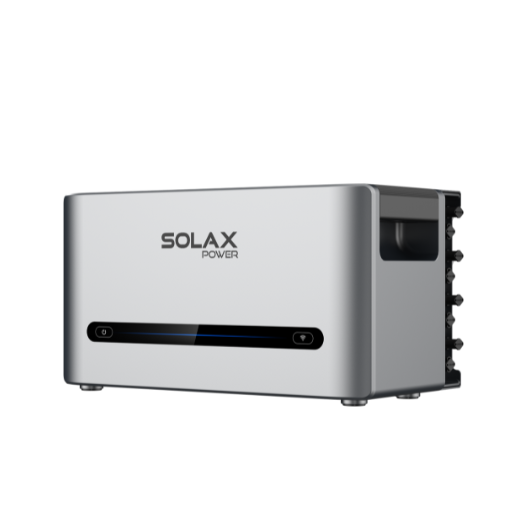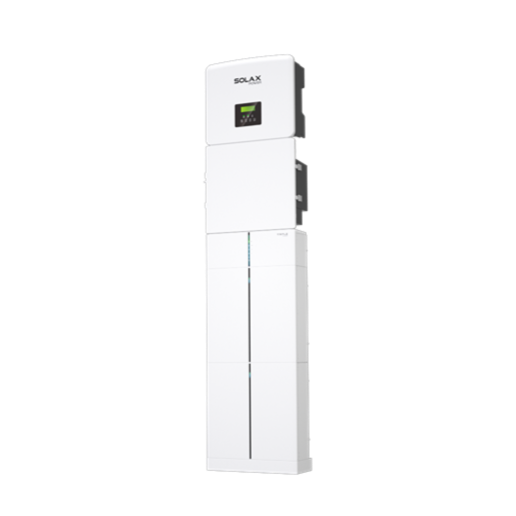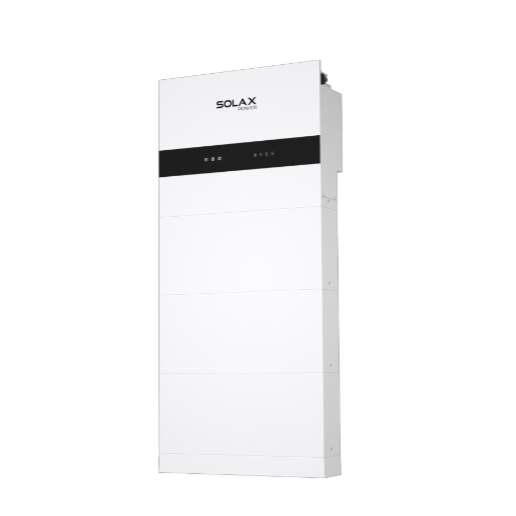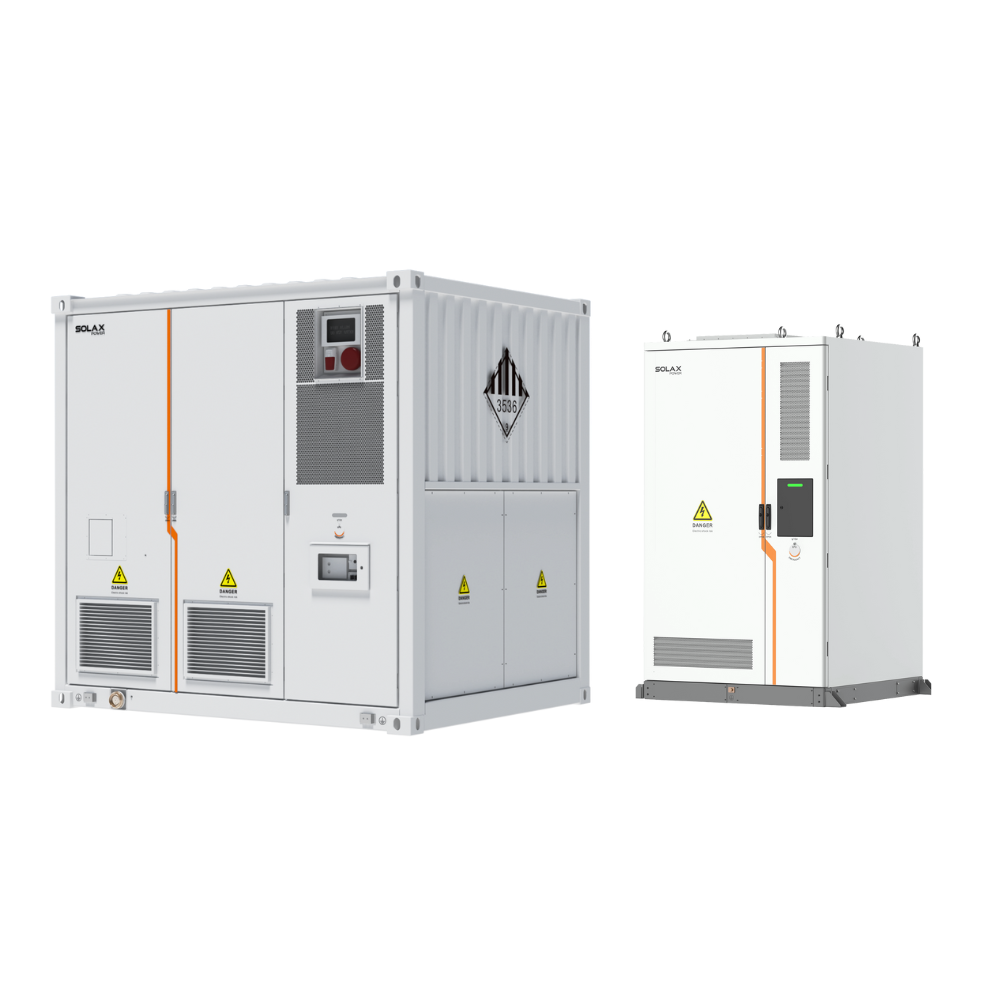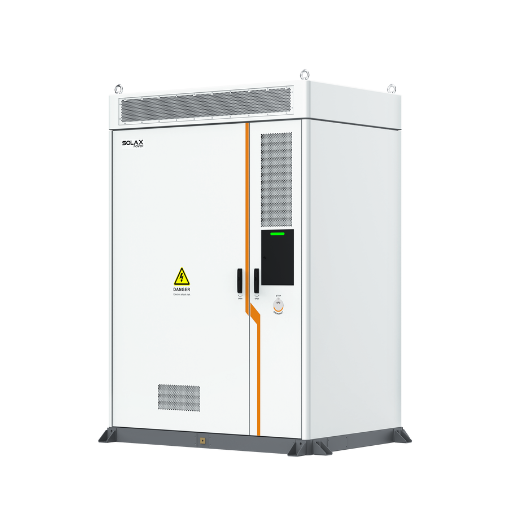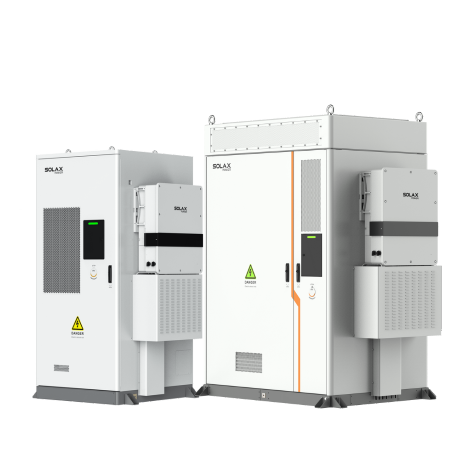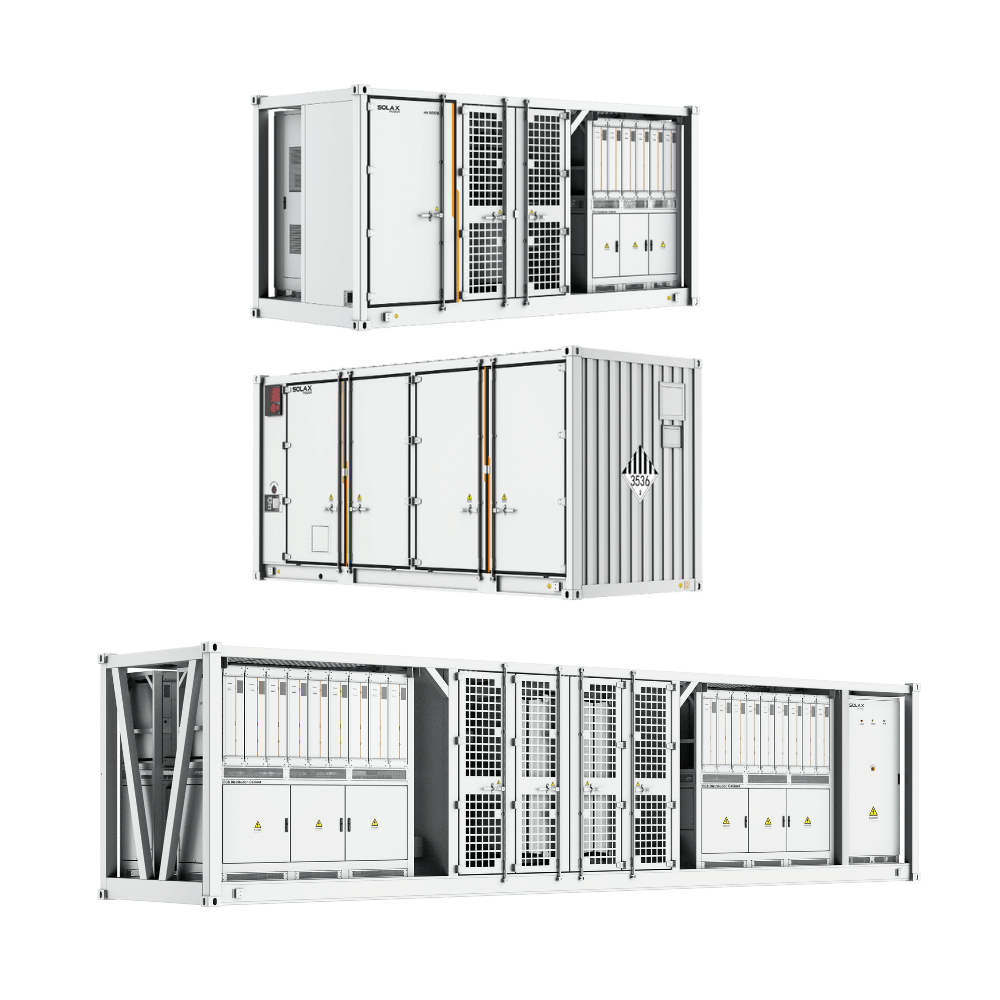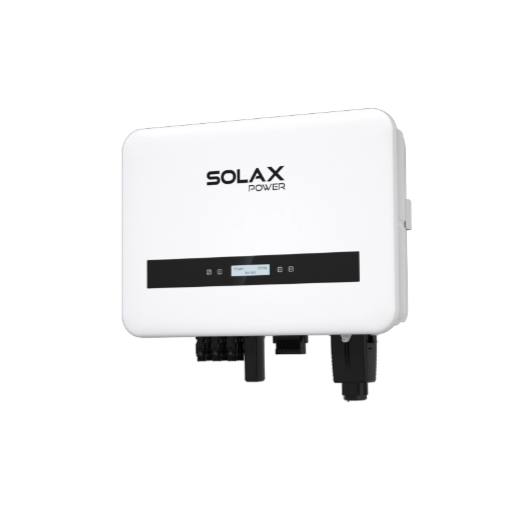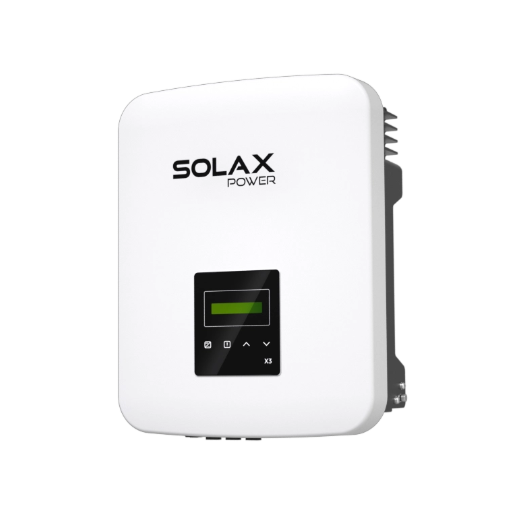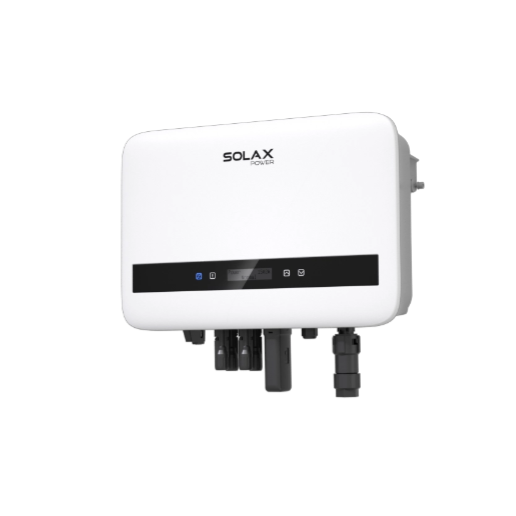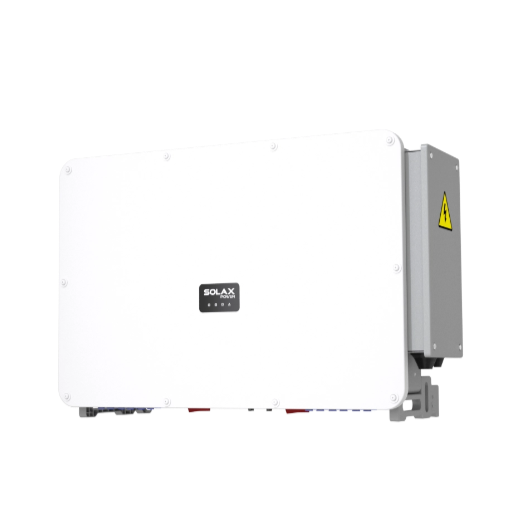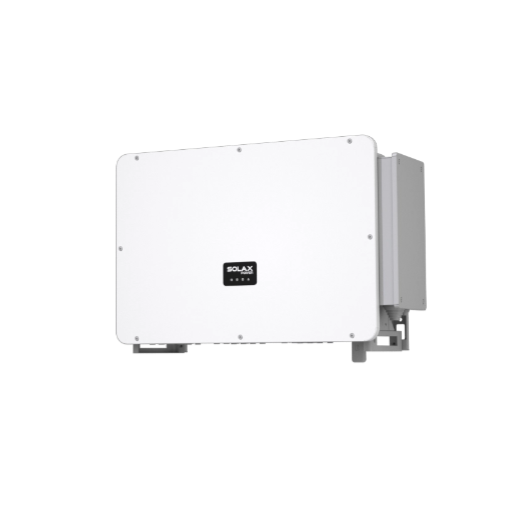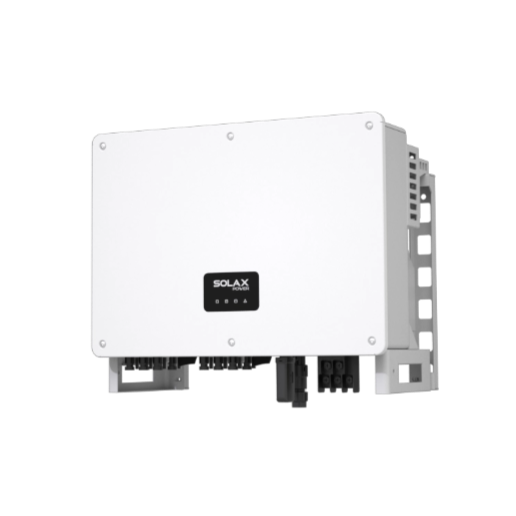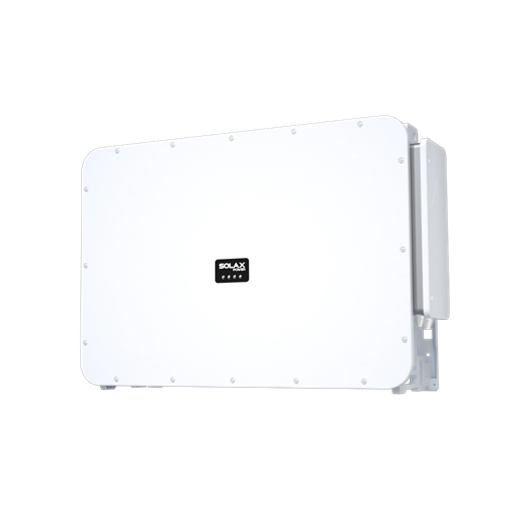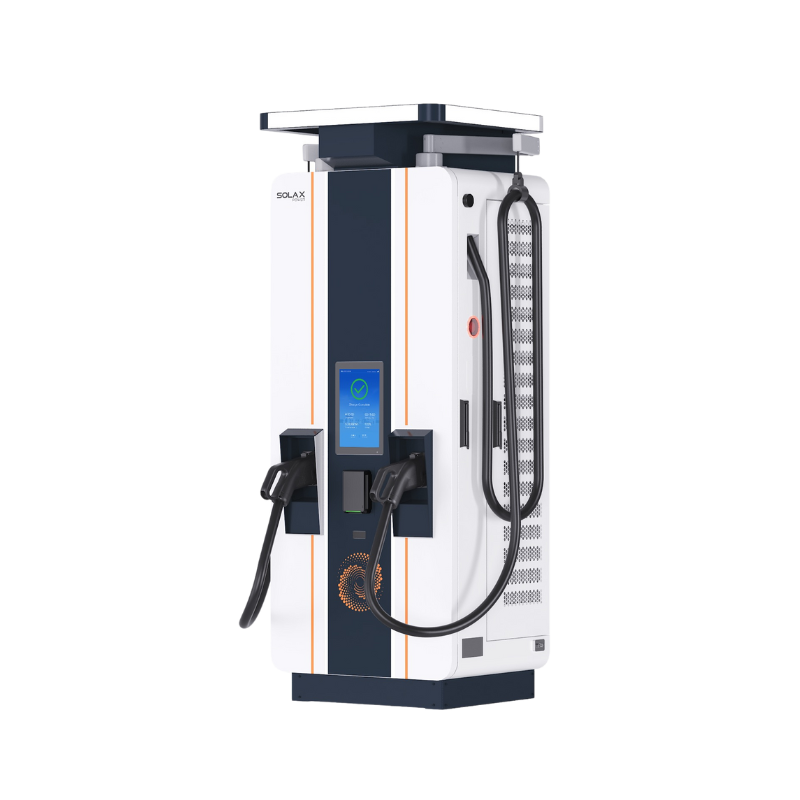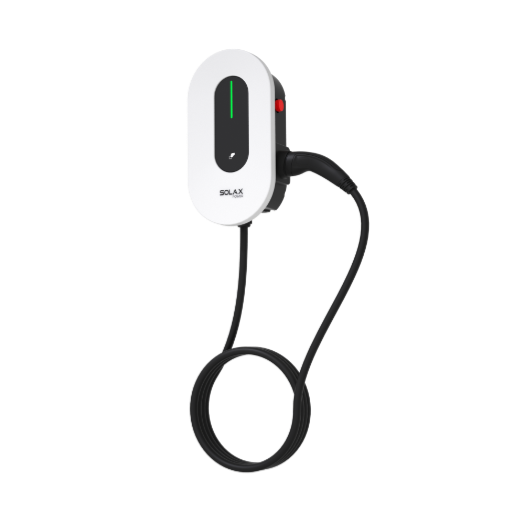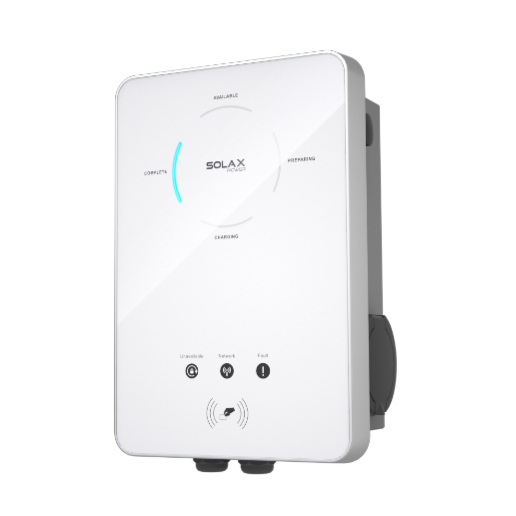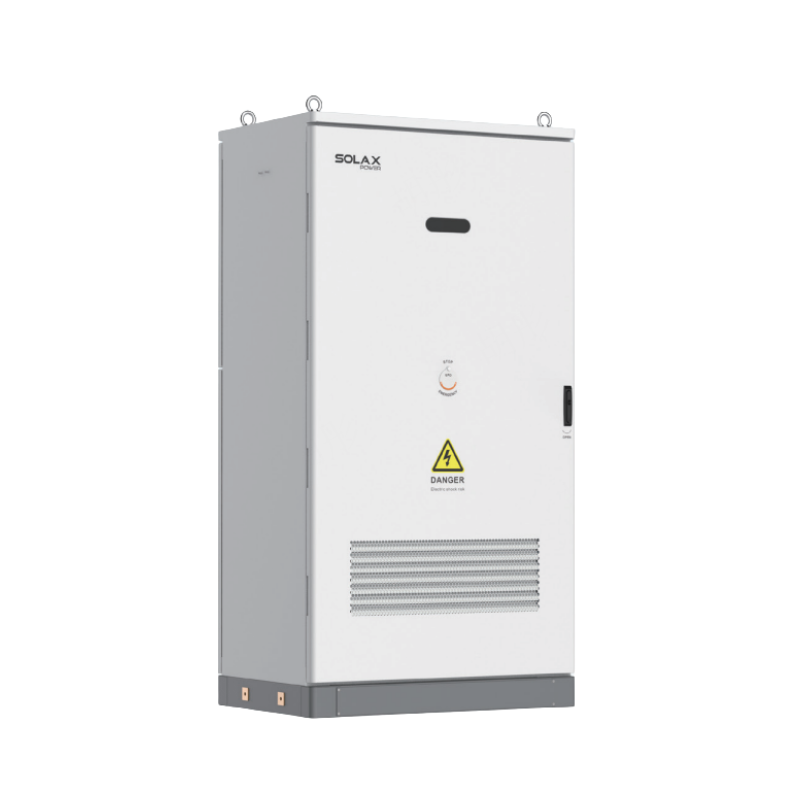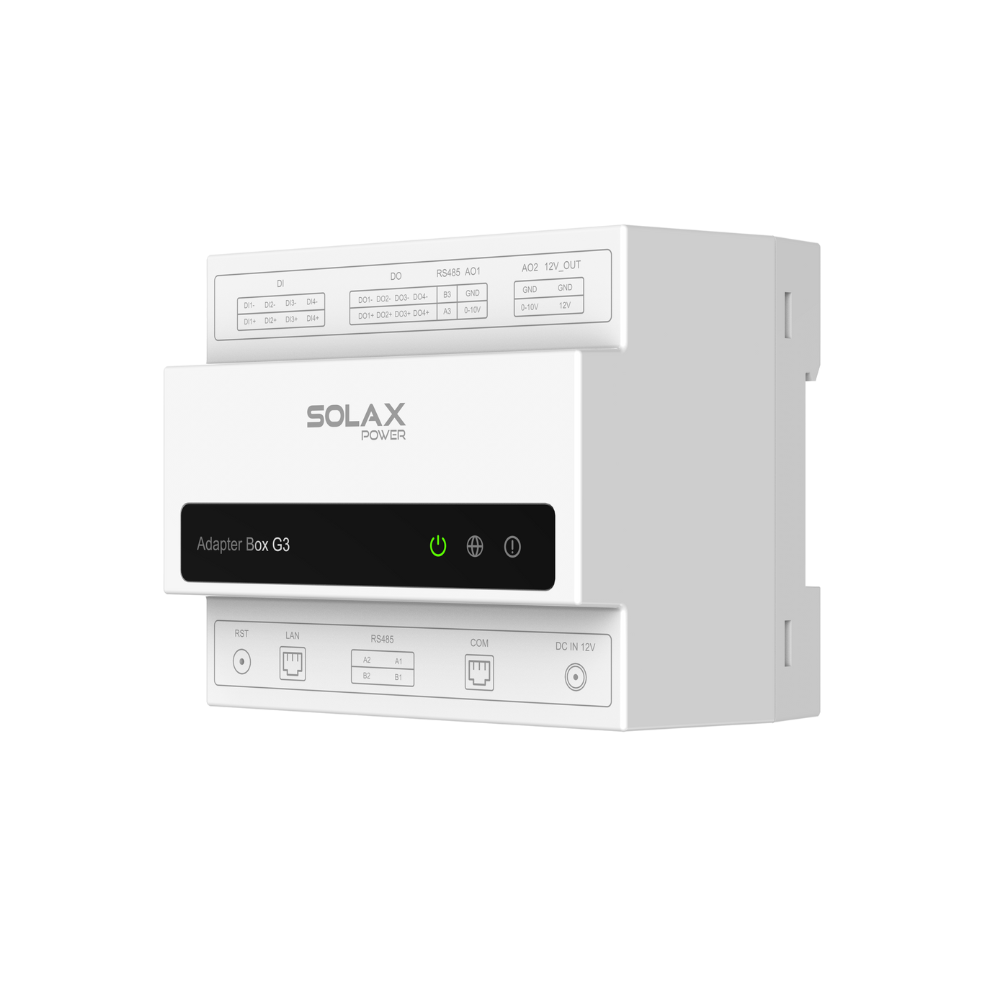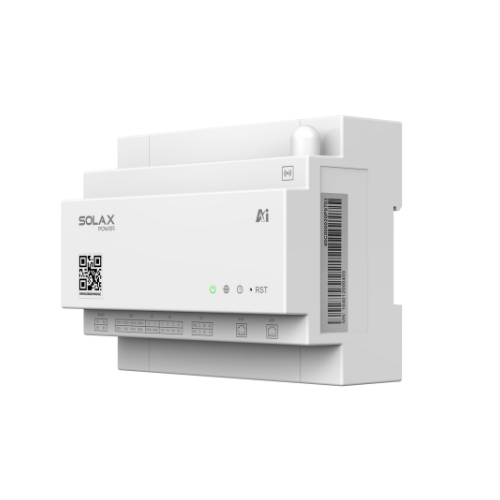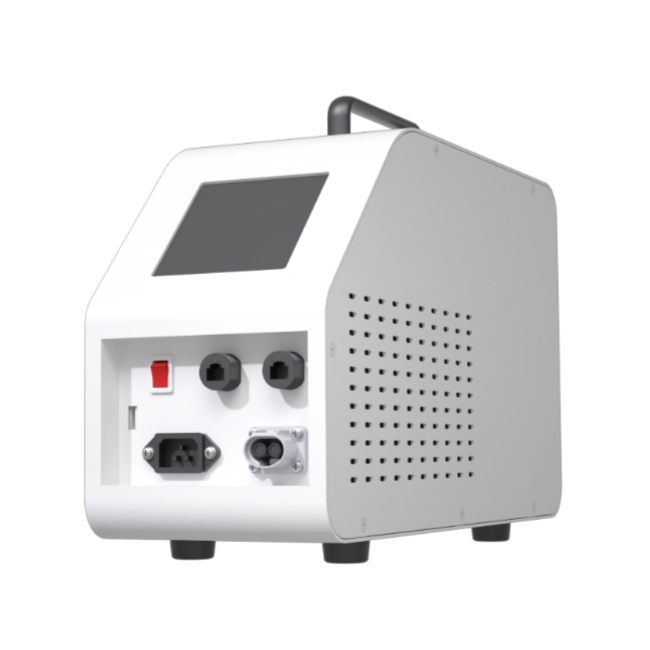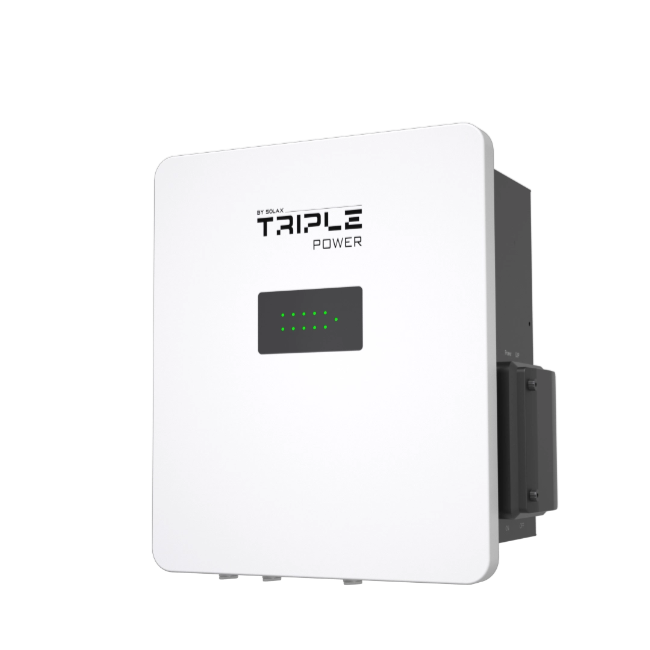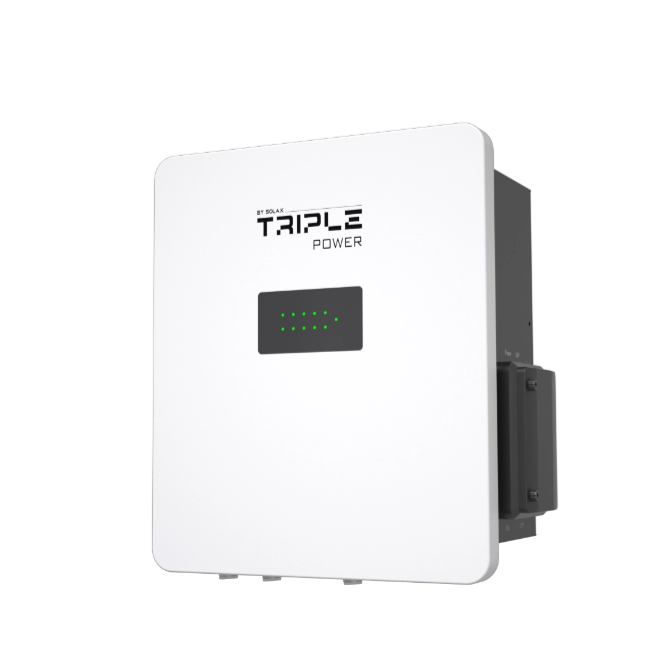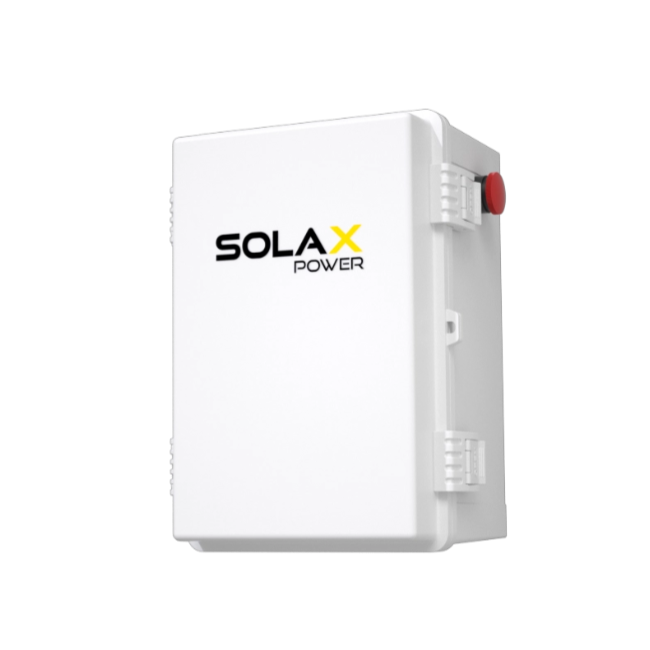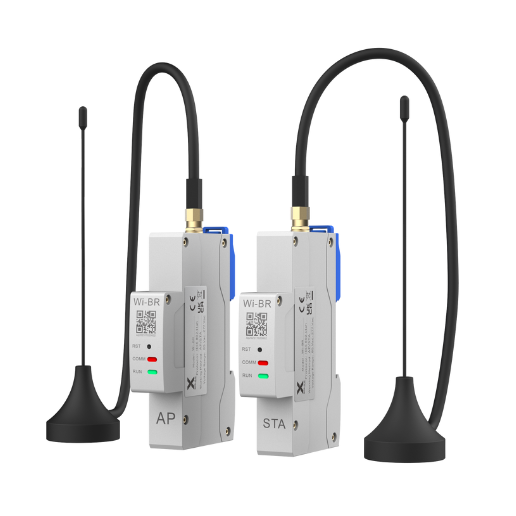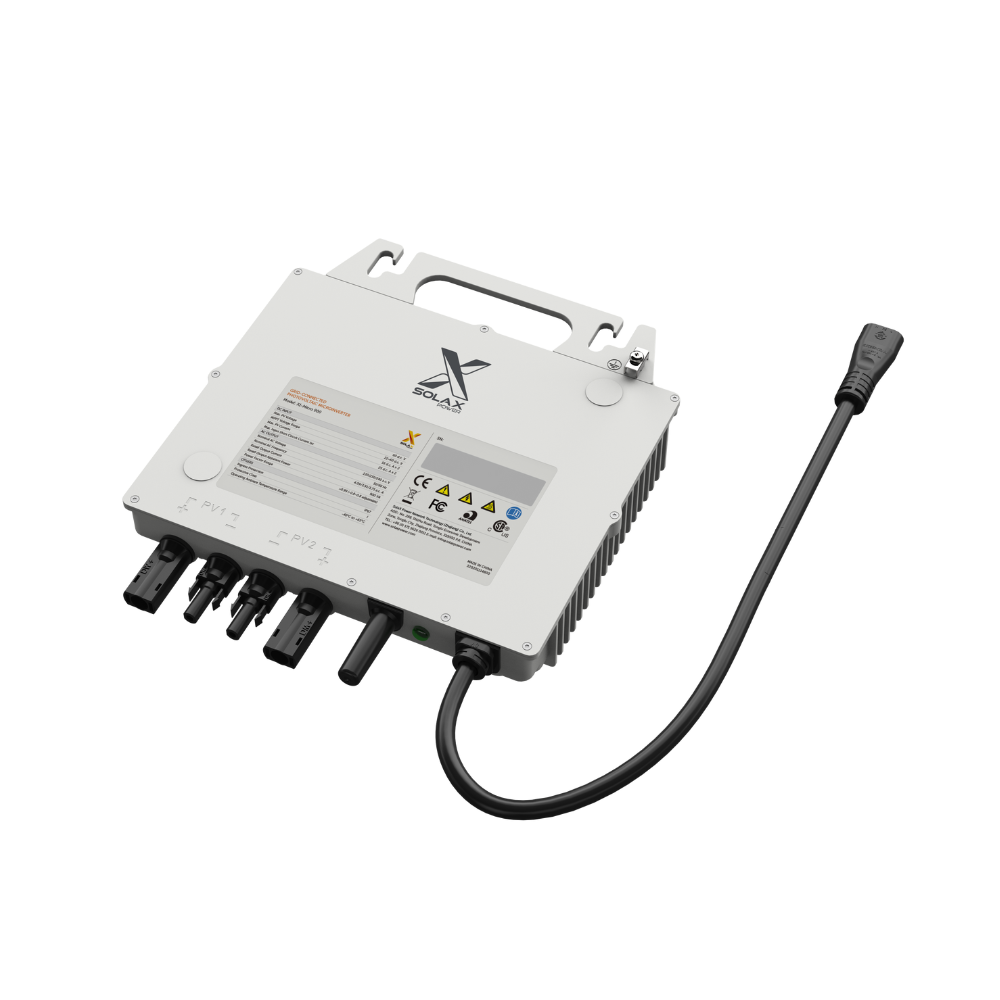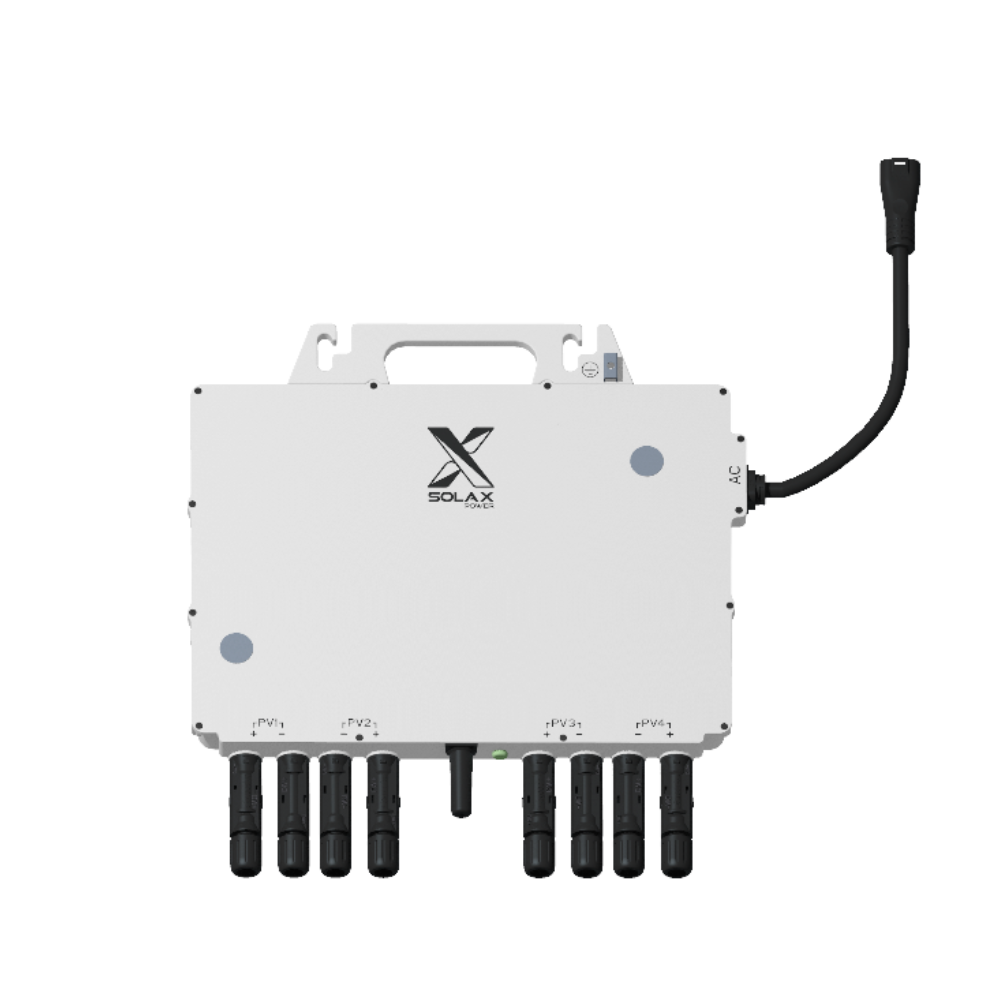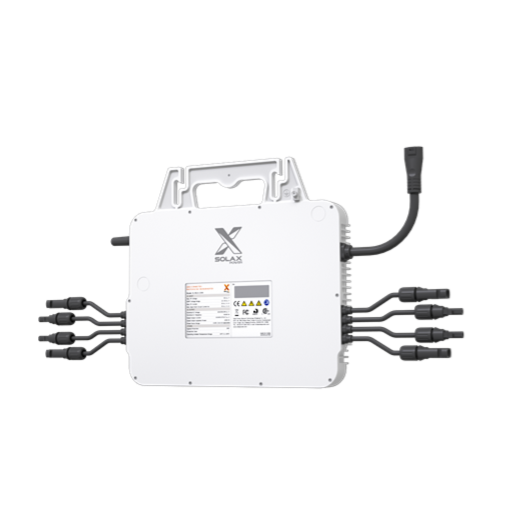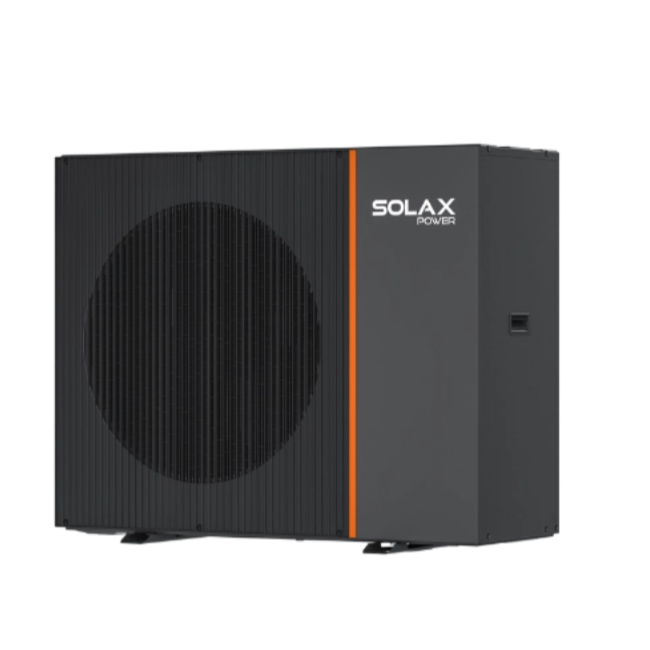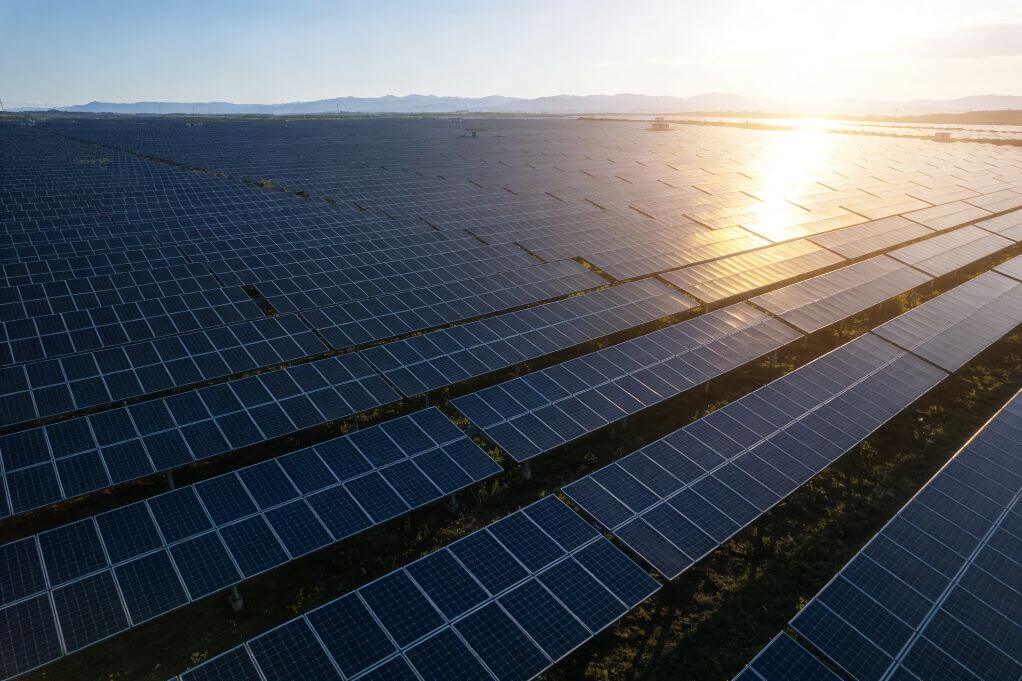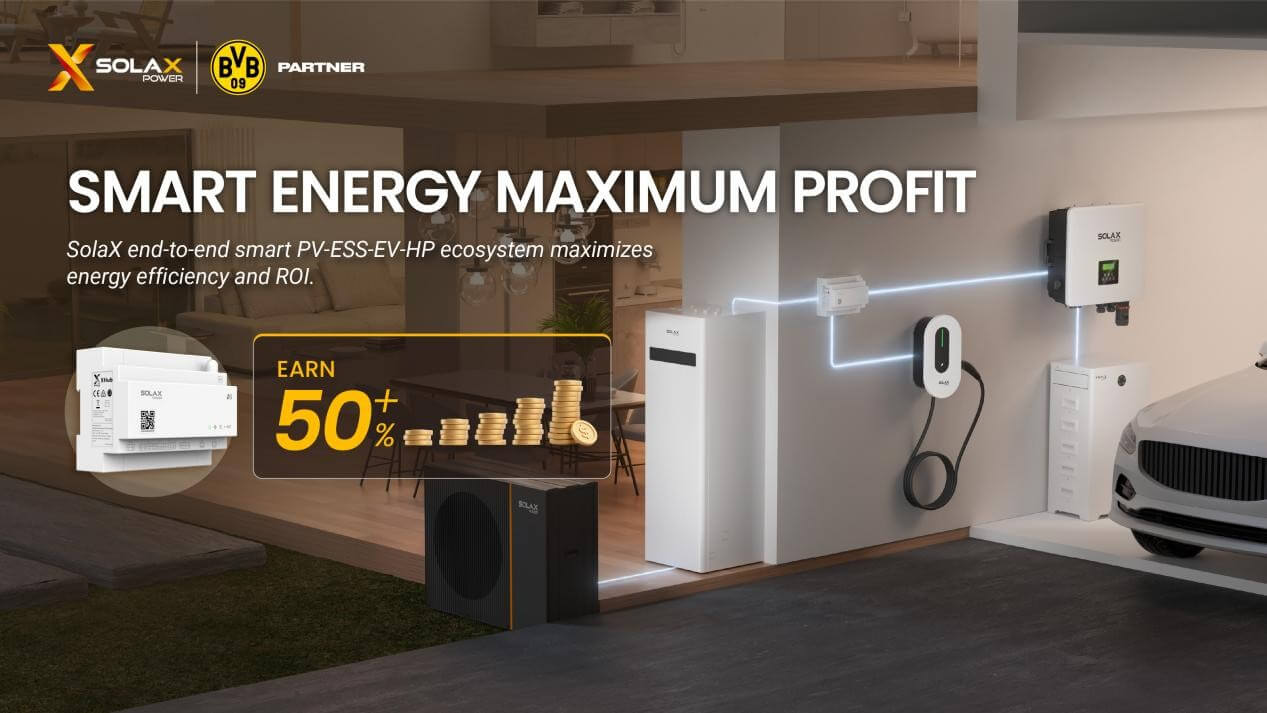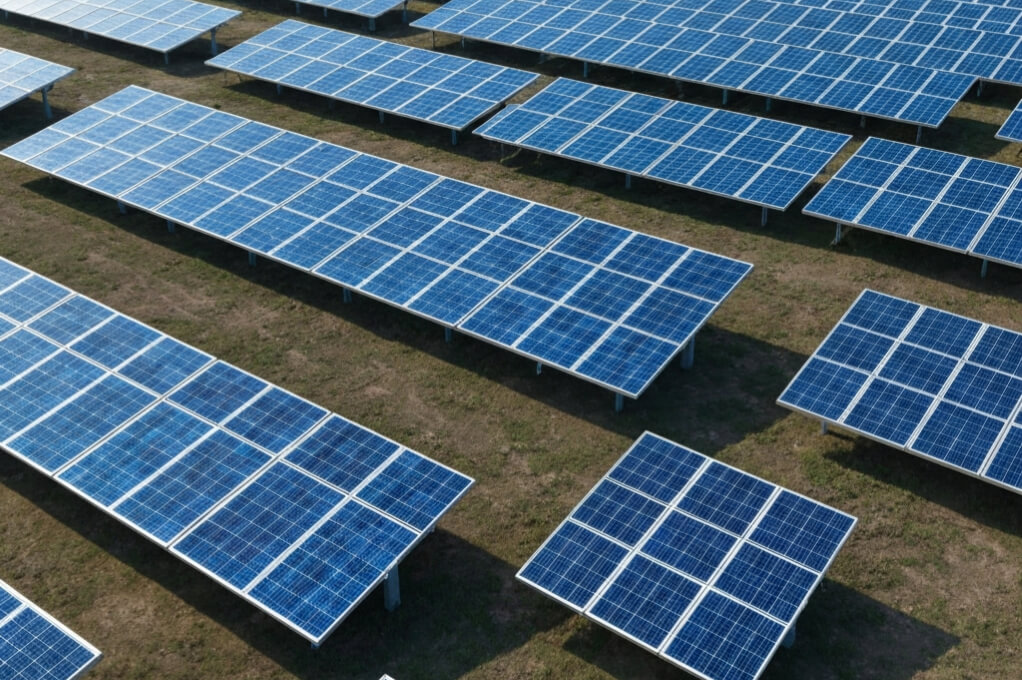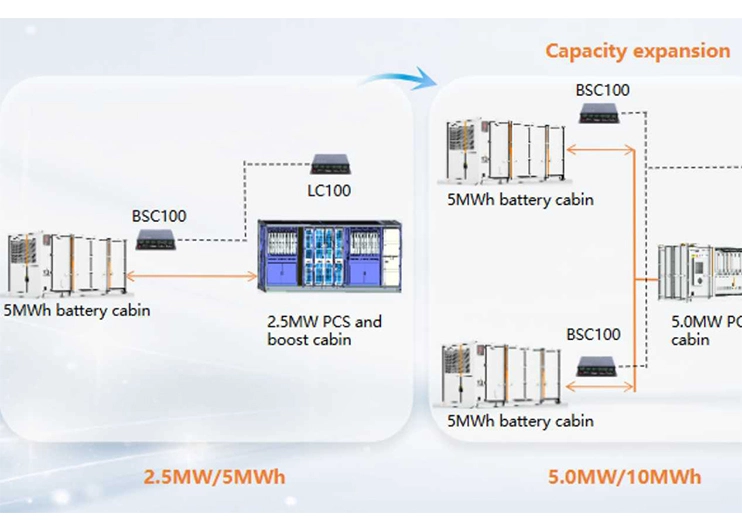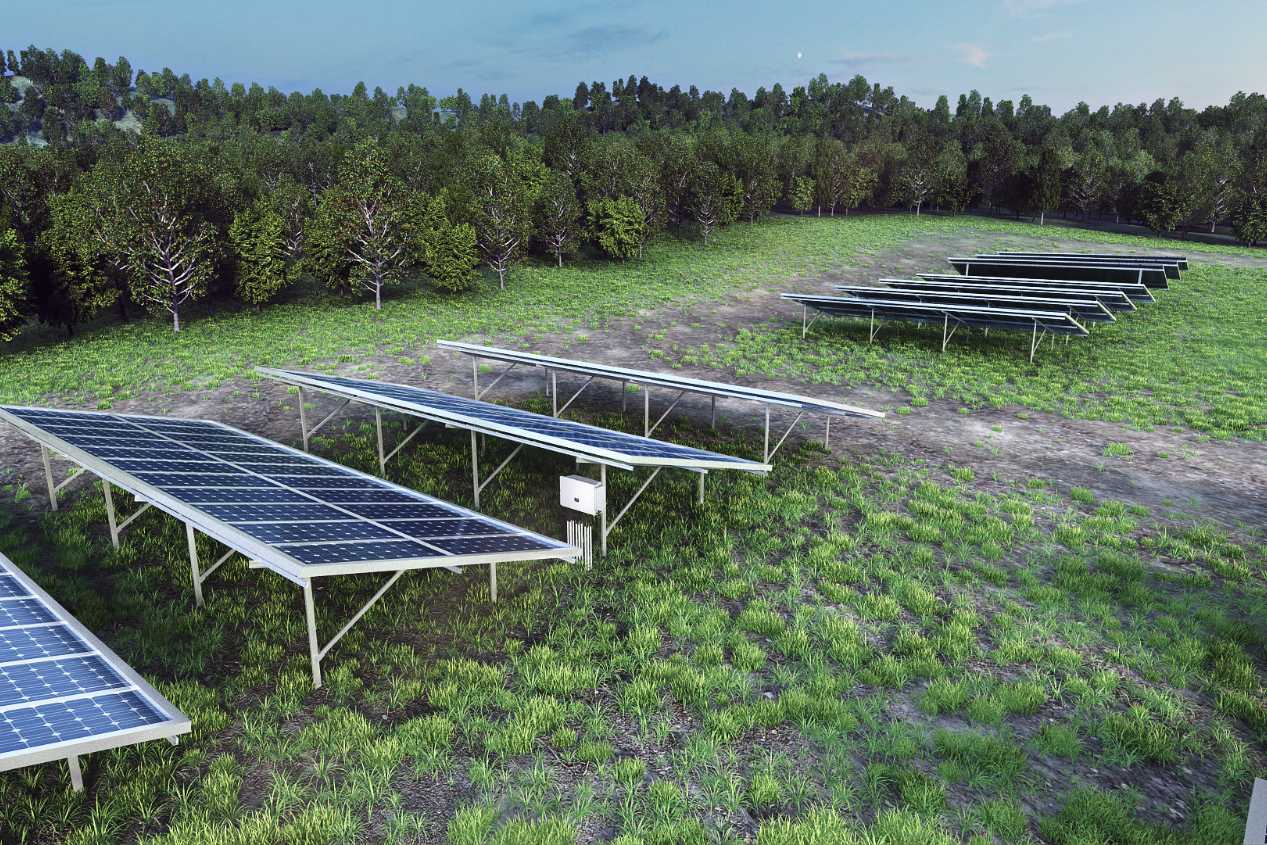June 17, 2025
Types of Solar Projects: Utility-scale, Commercial and Industrial (C&I), and Residential
Share my #SolaXStory
As the world shifts toward renewable energy, solar power has emerged as a front-runner in the transition to sustainable energy systems. Depending on energy demand, available space, and infrastructure goals, solar projects are typically categorized into three major types: utility-scale, commercial and industrial (C&I), and residential. Each project solar type serves a unique purpose and requires specific design and technology approaches. SolaX, a global leader in solar innovation, offers tailored solutions for every scale—ensuring optimized performance, energy savings, and environmental impact.
1. What Defines Utility-Scale Solar Projects?
Scale and Scope
Solar utility-scale projects are large installations typically designed to generate electricity for wholesale markets or directly for utility providers. These systems are usually over 1 MW in capacity and are often installed on vast stretches of land. Their output is fed directly into the grid, supporting thousands of homes or industrial facilities.
Technology and Features
Utility-scale projects use high-efficiency solar modules, central or string inverters, and smart grid integration tools. Utility scale solar design focuses on performance optimization, efficient land usage, and seamless grid compliance.
Benefits and Challenges
Benefits:
Low cost per watt due to economies of scale
Significant impact on reducing carbon emissions
Ideal for regions with strong solar irradiance and available land
Challenges:
Complex permitting and interconnection processes
High initial capital expenditure
Longer development timelines
SolaX Case Study: Agrivoltaic Project in Hangzhou
A prime example of a solar system project, SolaX's agrivoltaic (agriculture + photovoltaic) station in Hangzhou combines solar power generation with agricultural production. Utilizing advanced utility-scale solar design, the project demonstrates how renewable energy and land use can coexist sustainably.
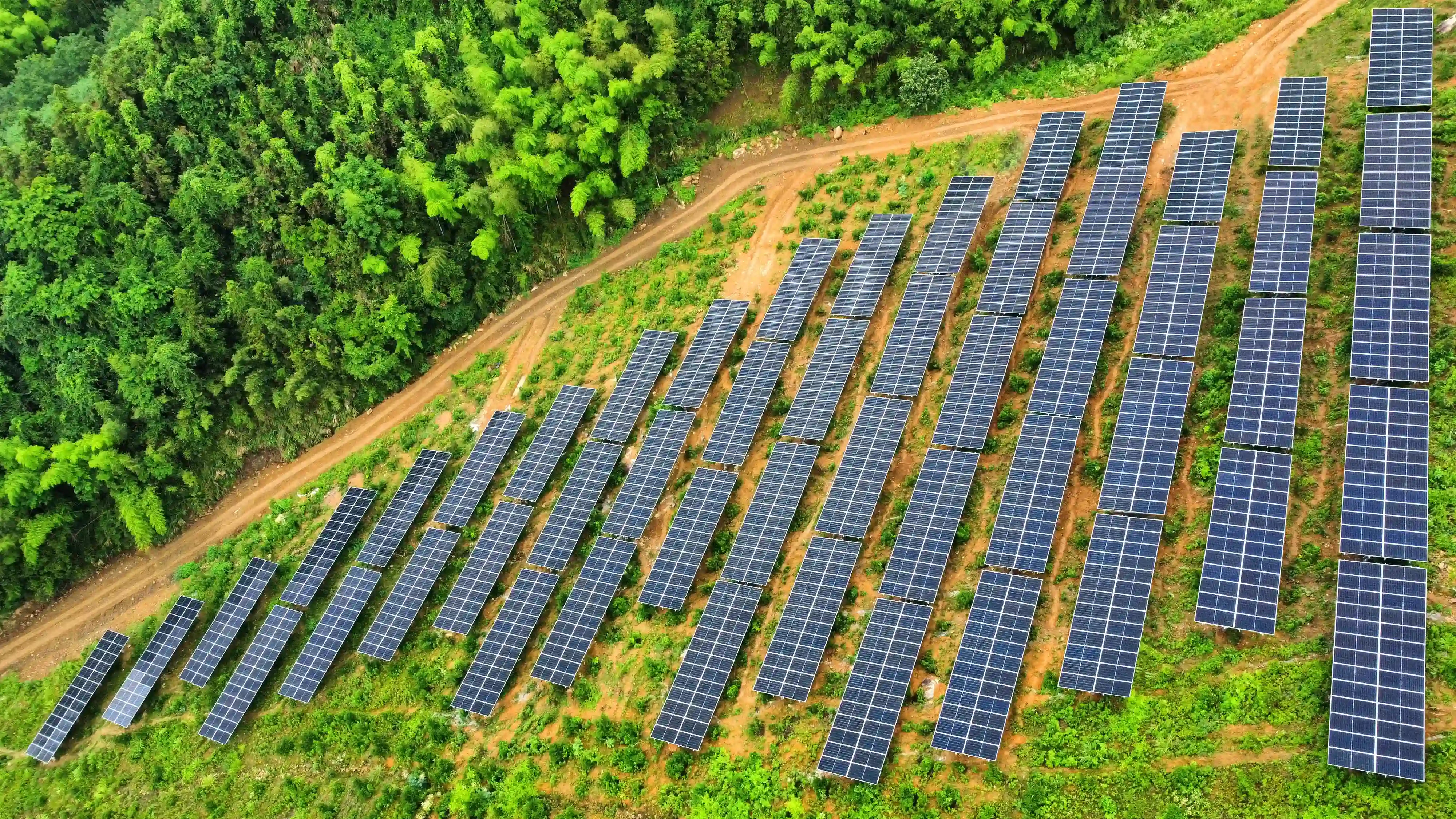
2. Exploring C&I Solar Projects
Scale and Applications
Commercial photovoltaic systems typically range from 30 kW to several megawatts and are deployed by businesses, factories, schools, and public facilities. Commercial solar design is highly customized, accounting for the energy profiles, rooftop availability, and operational needs of each client.
Integration with C&I Energy Storage
Modern commercial solar development often integrates commercial and industrial energy storage to manage peak loads, increase self-consumption, and provide backup during outages. This fusion enhances ROI and ensures energy resilience.
Benefits and Challenges
Benefits:
Lower electricity bills through self-generation
Improved corporate sustainability profile
Potential tax incentives and rebates
Challenges:
Roof structural limitations
Demand variability and load balancing
Regulatory complexity
SolaX Case Study: #PECHS, #Karachi
In this C&I project, SolaX deployed its X3-MEGA-50K-G2 grid-tied inverter to support commercial operations in Karachi. The system highlights effective integration of solar with high-demand commercial operations, demonstrating how commercial photovoltaic systems can deliver robust performance in urban settings.
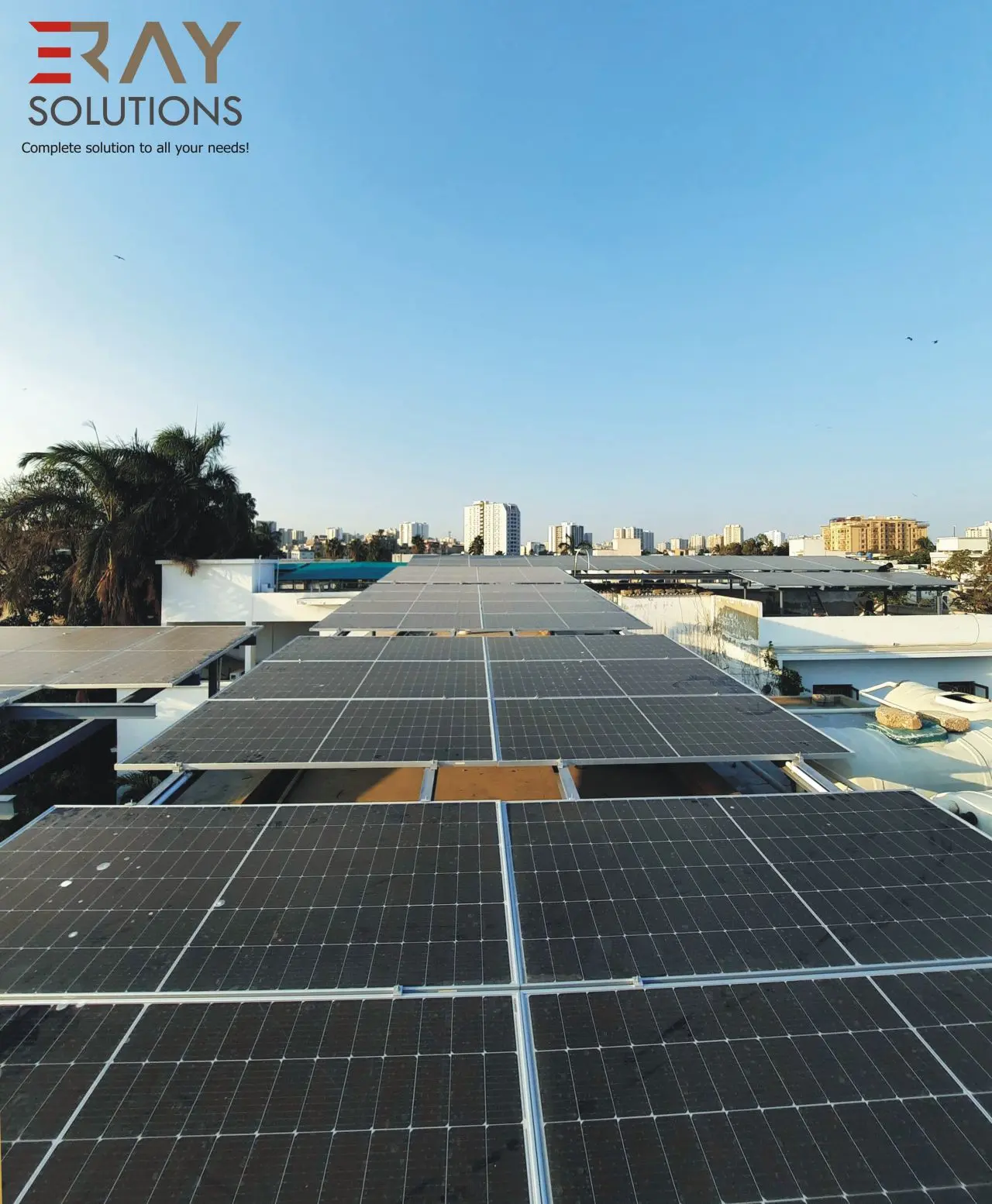
3. Residential Solar Projects
Residential solar projects typically range from 1 kW to 10 kW and are installed on rooftops of individual homes. These systems are designed for self-consumption, grid-feed-in, or both.
With increasing energy prices and climate awareness, homeowners are investing in solar solutions that provide energy independence and long-term savings.
SolaX Case Study: Colombo, Sri Lanka
In Colombo, a homeowner installed a 5KW SolaX X1-BOOST G4 inverter. This residential system efficiently offsets grid usage while delivering clean, reliable energy.
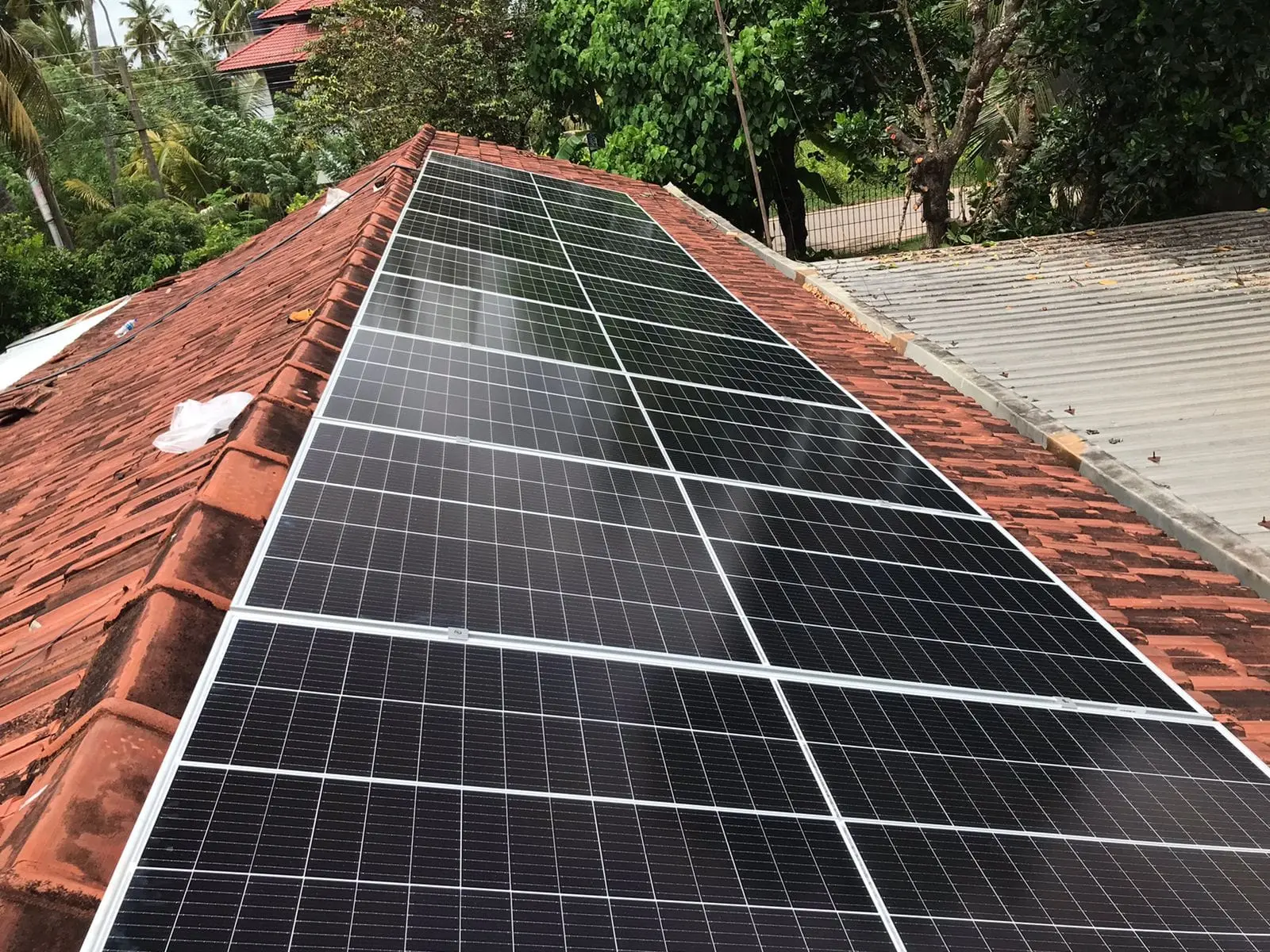
| Utility-Scale | Commercial & Industrial (C&I) | Residential | |
| System Size | 1MW and above | 30kW to several MW | 1kW to 10kW |
| Primary Users | Utilities, governments | Businesses, institutions | Homeowners |
| Grid Connection | Direct grid feed | Net metering or private consumption | Grid-tied or hybrid |
| Permitting Requirements | Extensive | Moderate to complex | Simplified, but varies by region |
| Installation Timeline | 12–24 months | 2–6 months | 1–2 months |
| Typical SolaX Equipment | X3-GRAND HV | X3-MEGA G2, X3-FORTH,X3-FORTH PLUS, X3-PRO G2 | X1-BOOST, X1-MINI, X1-SMART G2, X3-MIC G2 |
4. Choosing the Right Solar Project Type
Selecting the right type of solar project depends on your energy consumption profile, site characteristics, regulatory environment, and financial objectives.
For grid operators or large landowners, utility-scale projects deliver unmatched scale and output.
For commercial and industrial entities, commercial solar development with storage is ideal for reducing costs and securing power continuity.
For homeowners, residential systems provide independence and environmental benefits without high complexity.
Regardless of the project size or location, SolaX has the expertise, technology, and proven experience to deliver reliable and efficient solar solutions. From commercial solar design to utility-scale solar design, SolaX continues to lead the global shift toward clean energy.
Explore the right types of solar systems for your needs and take the next step with SolaX—a brand trusted worldwide for innovation, reliability, and sustainable energy excellence.
Last News
Explore expert insights, practical guides, and the latest news on SolaX Power.
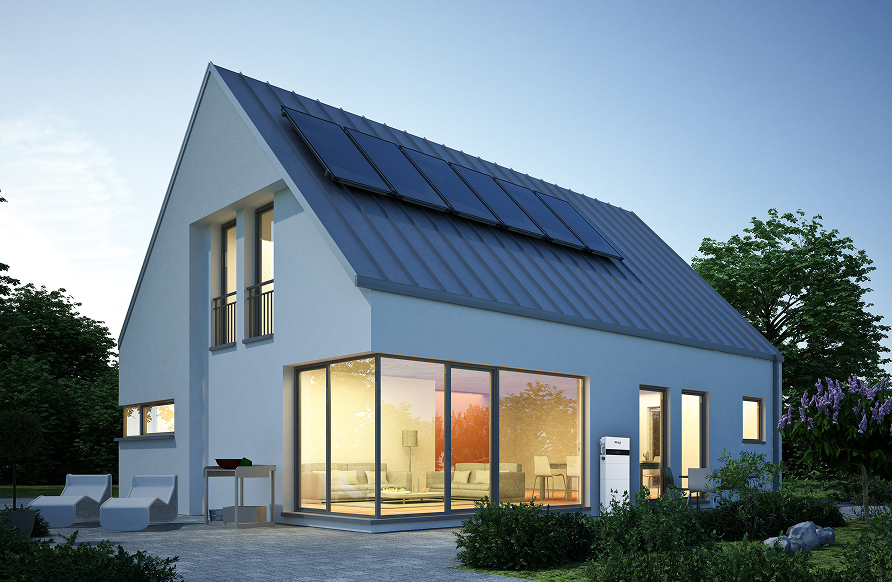
To the Latest Newsletter
Stay Ahead with the Latest SolaX Updates!
Subscribe
I have read and agree to Privacy Policy and User Terms




